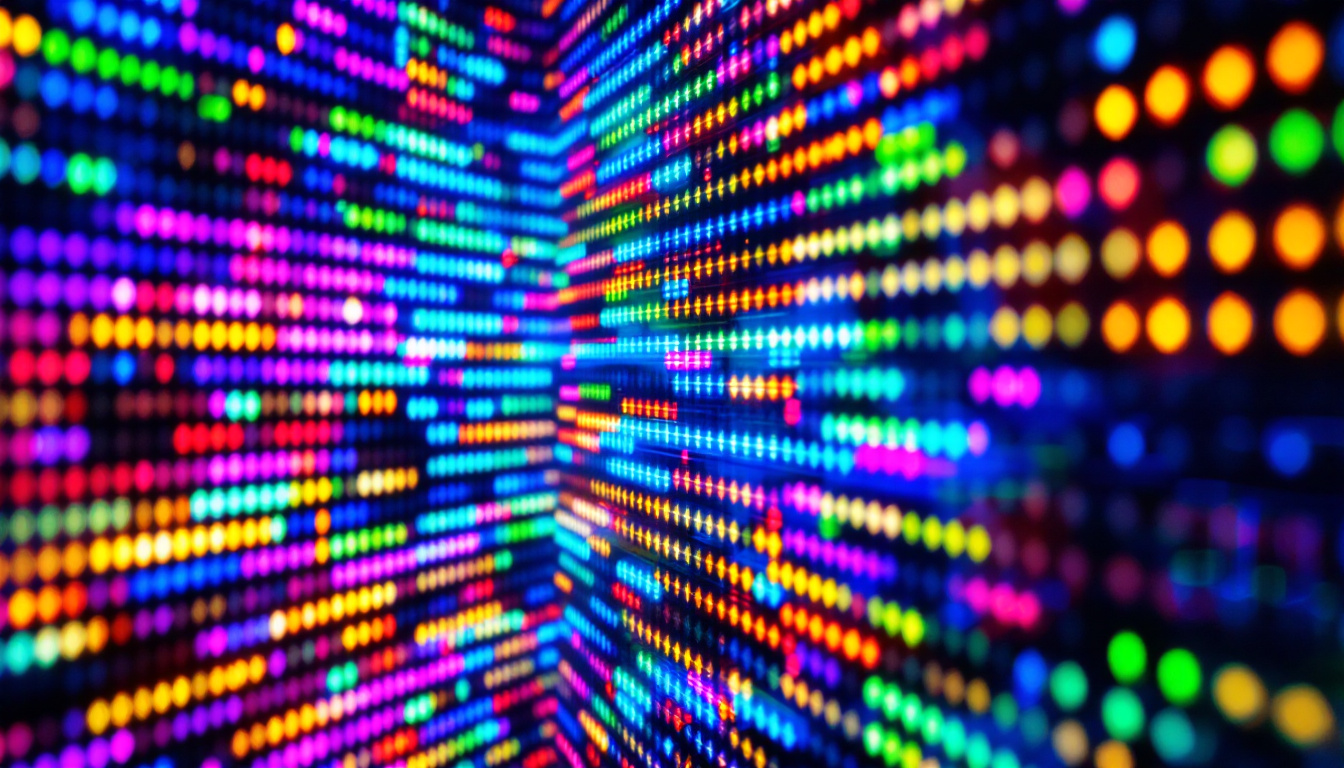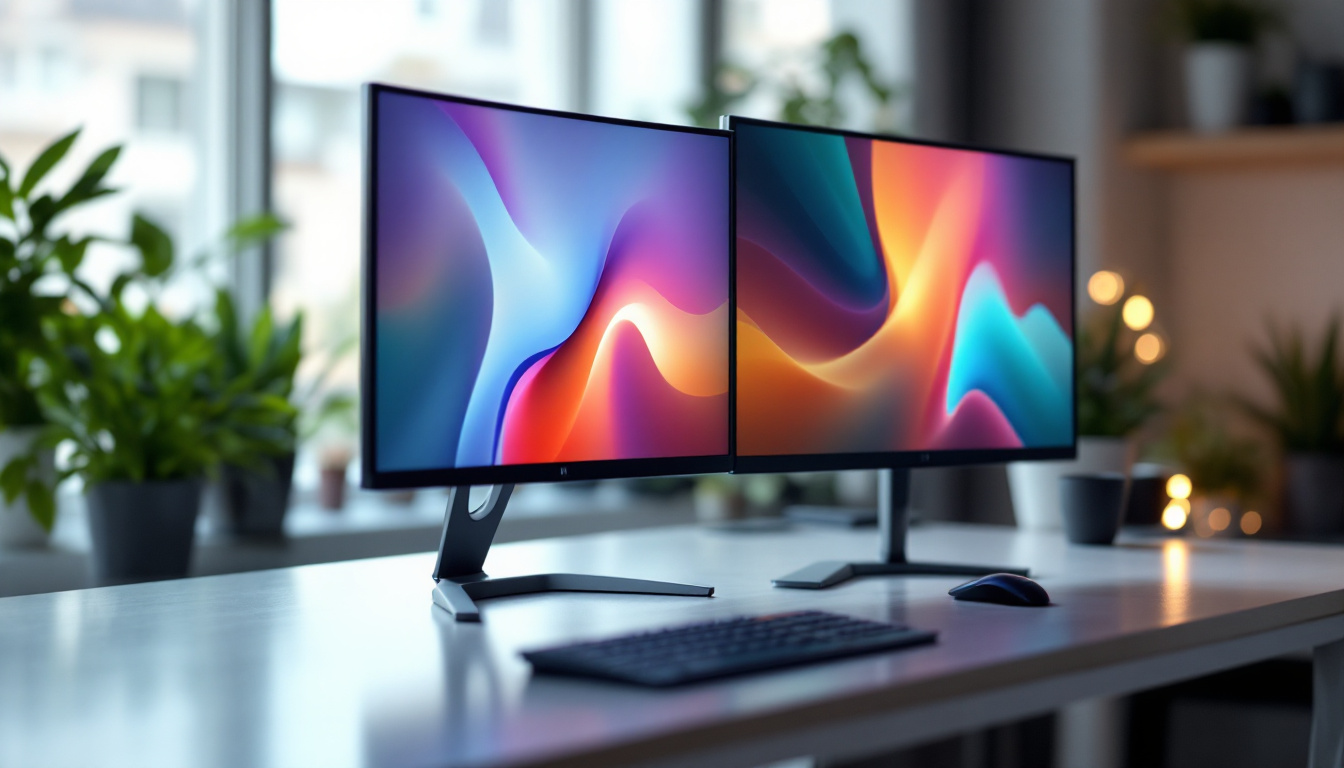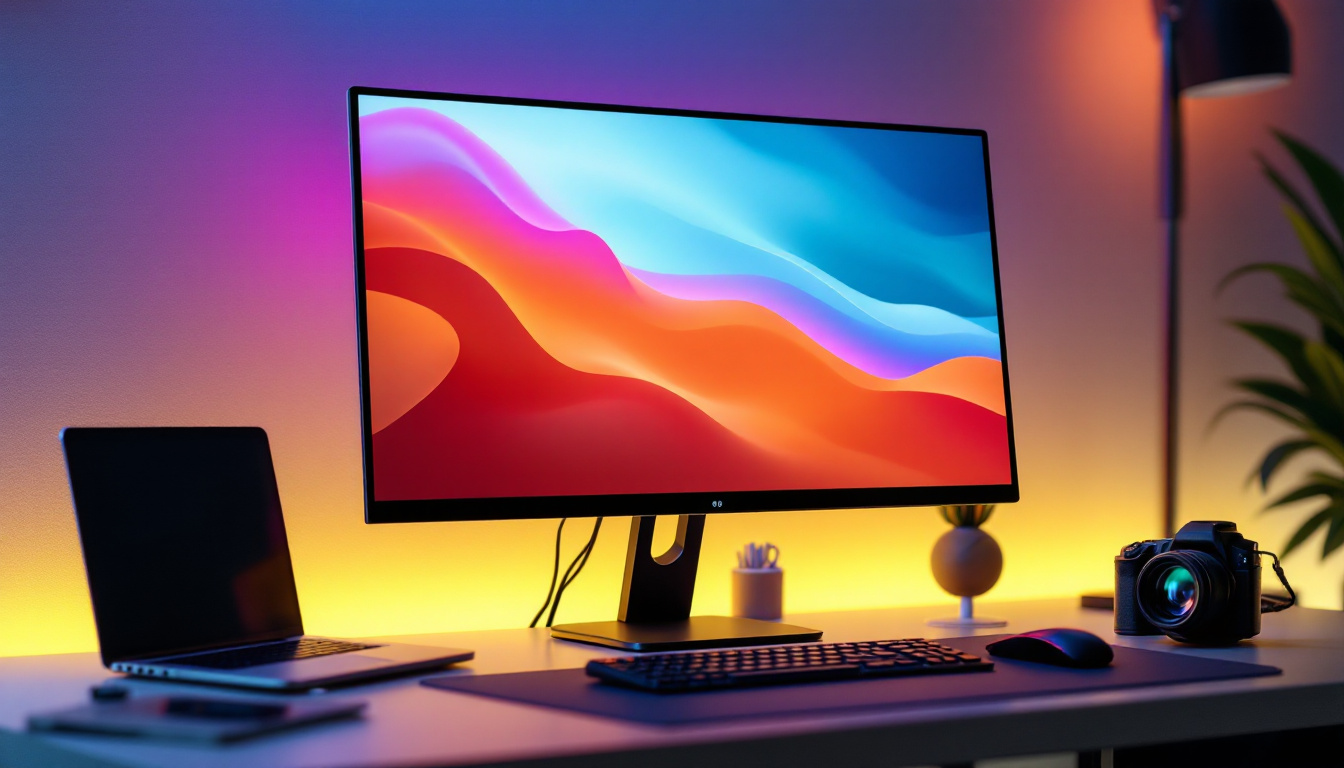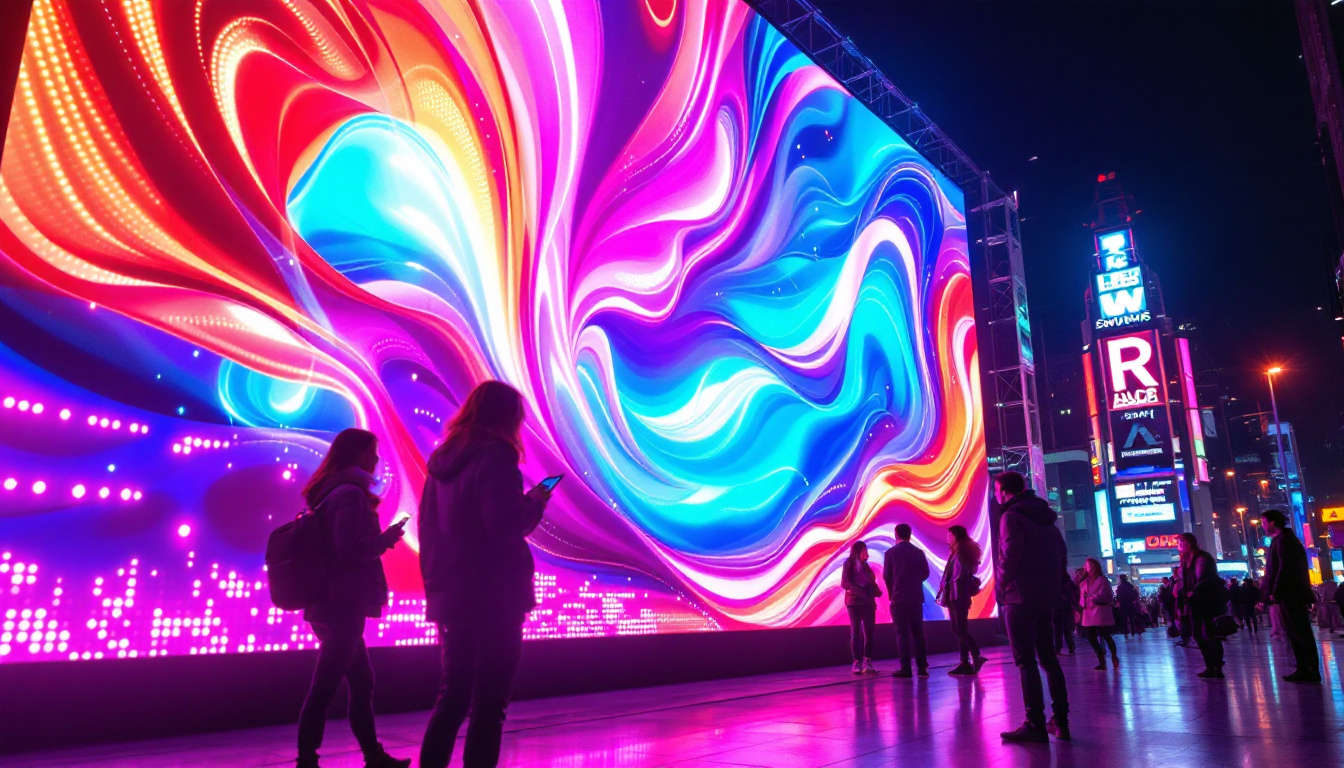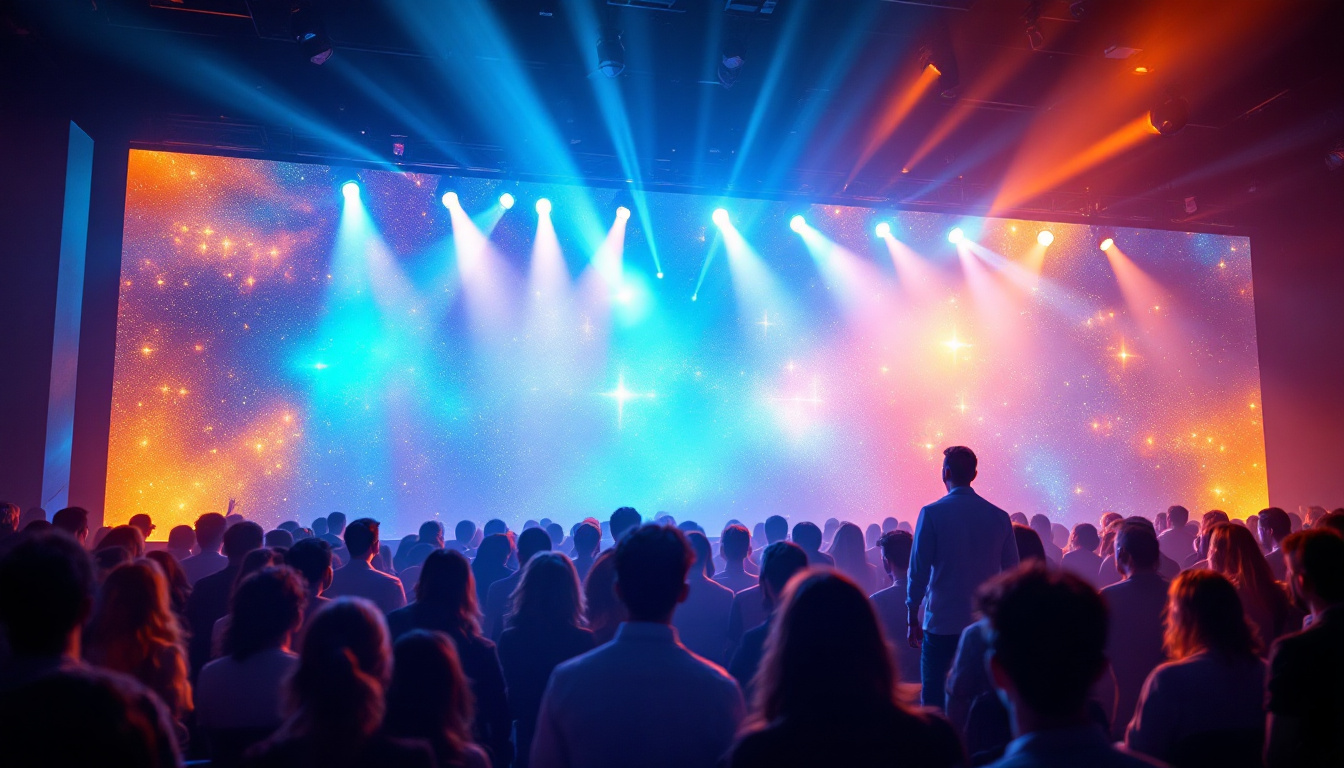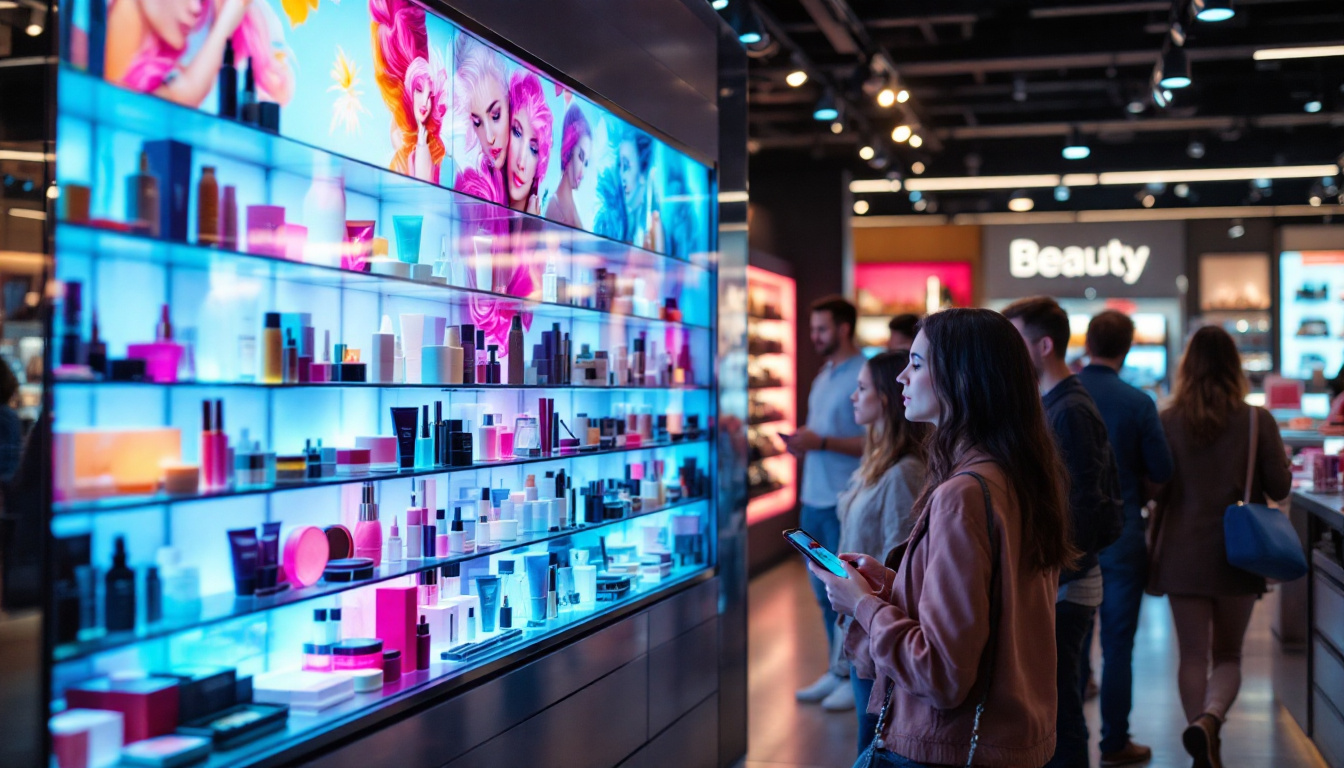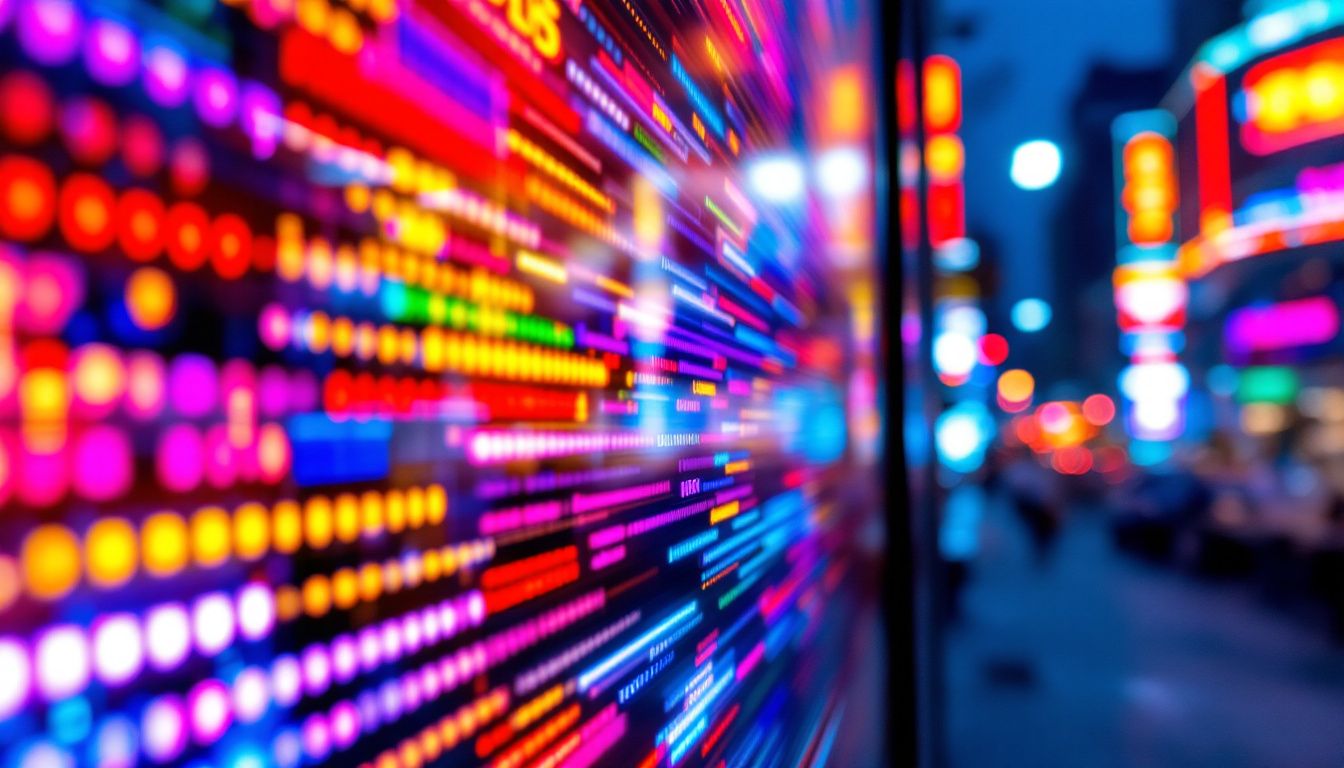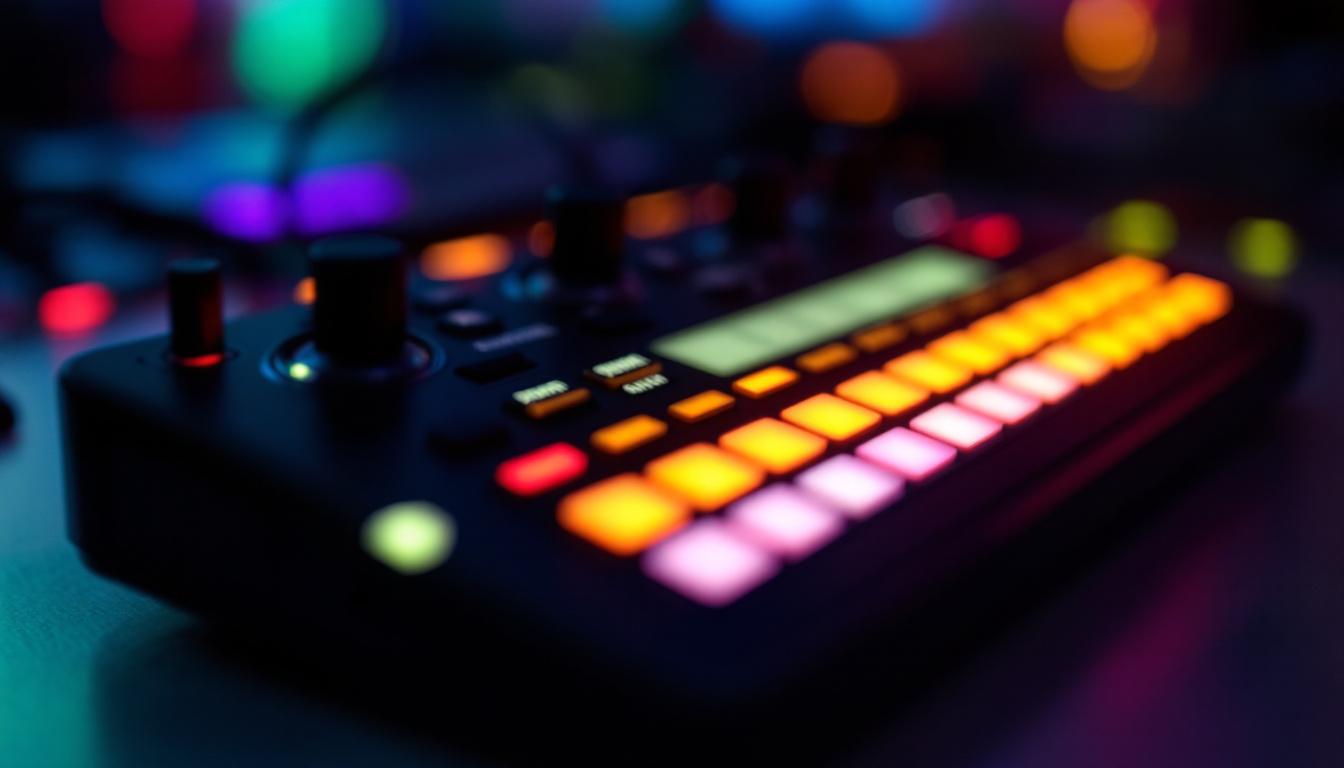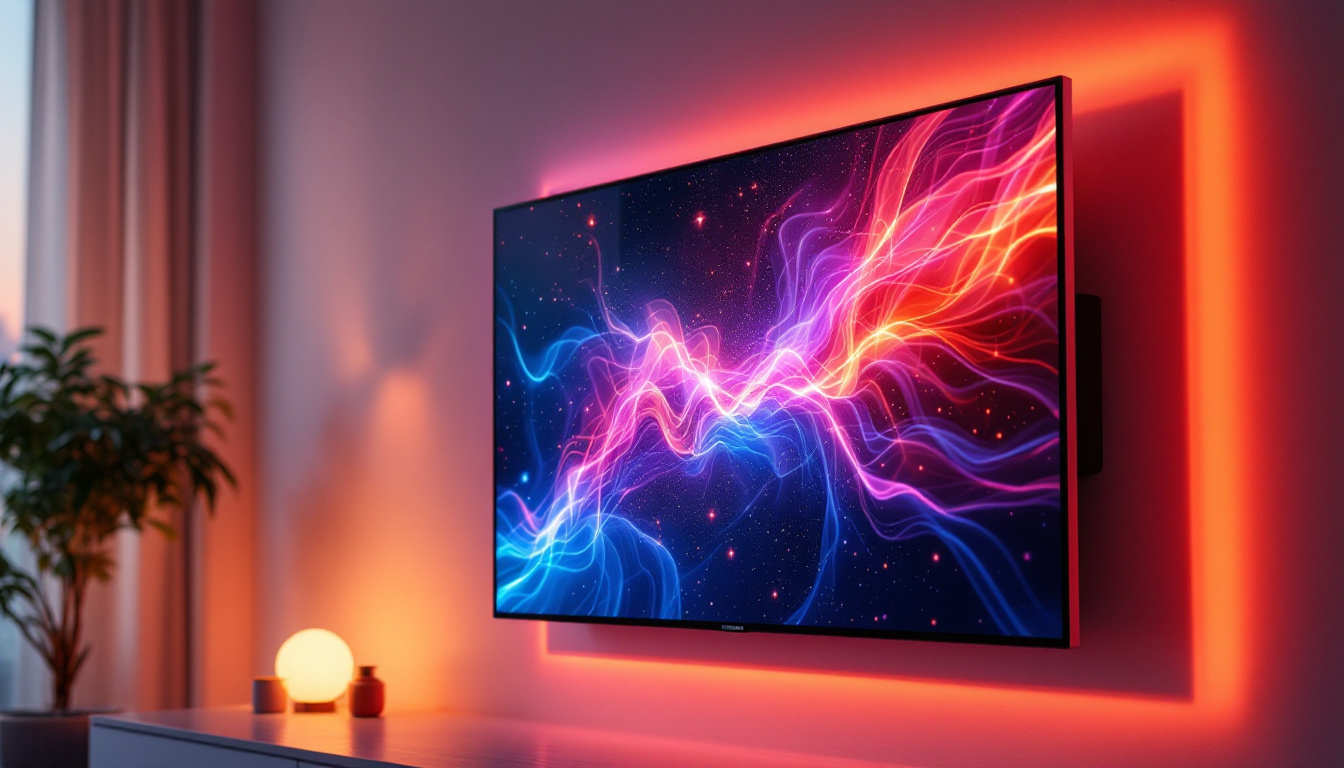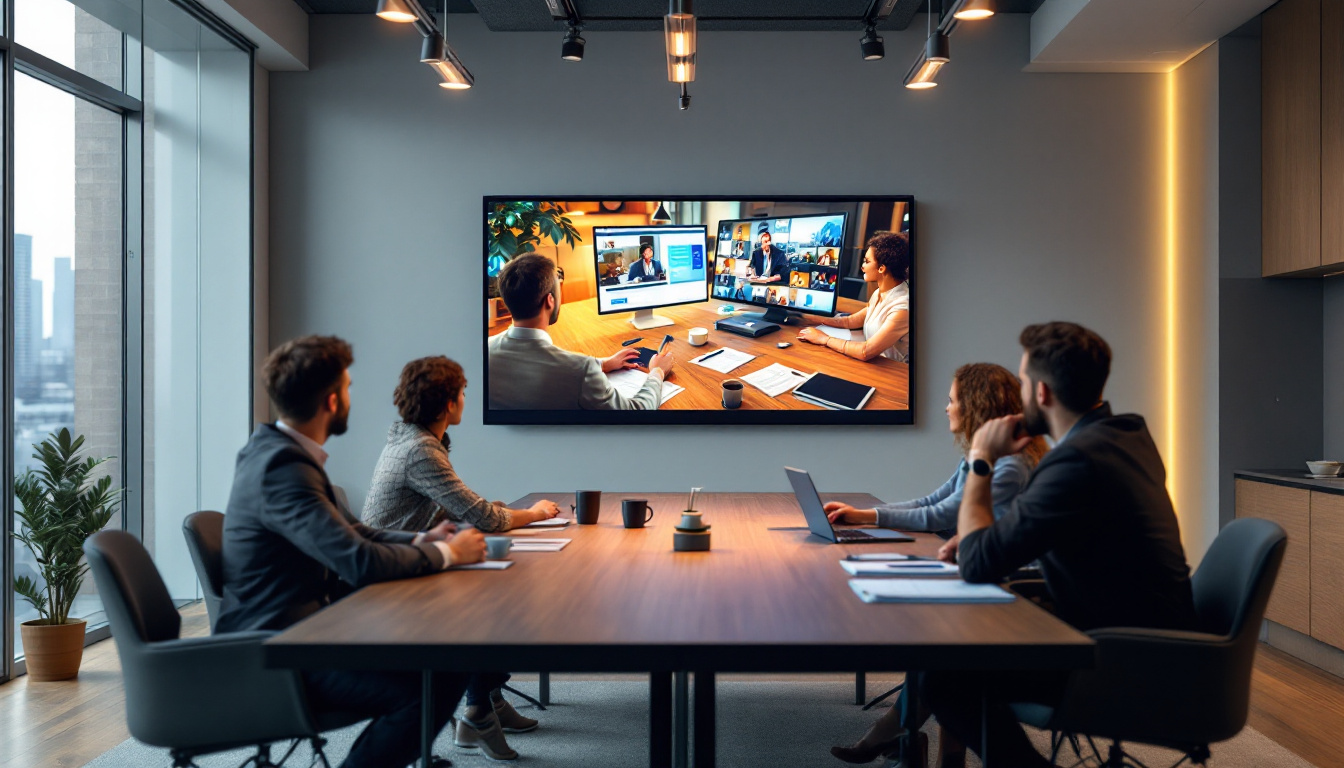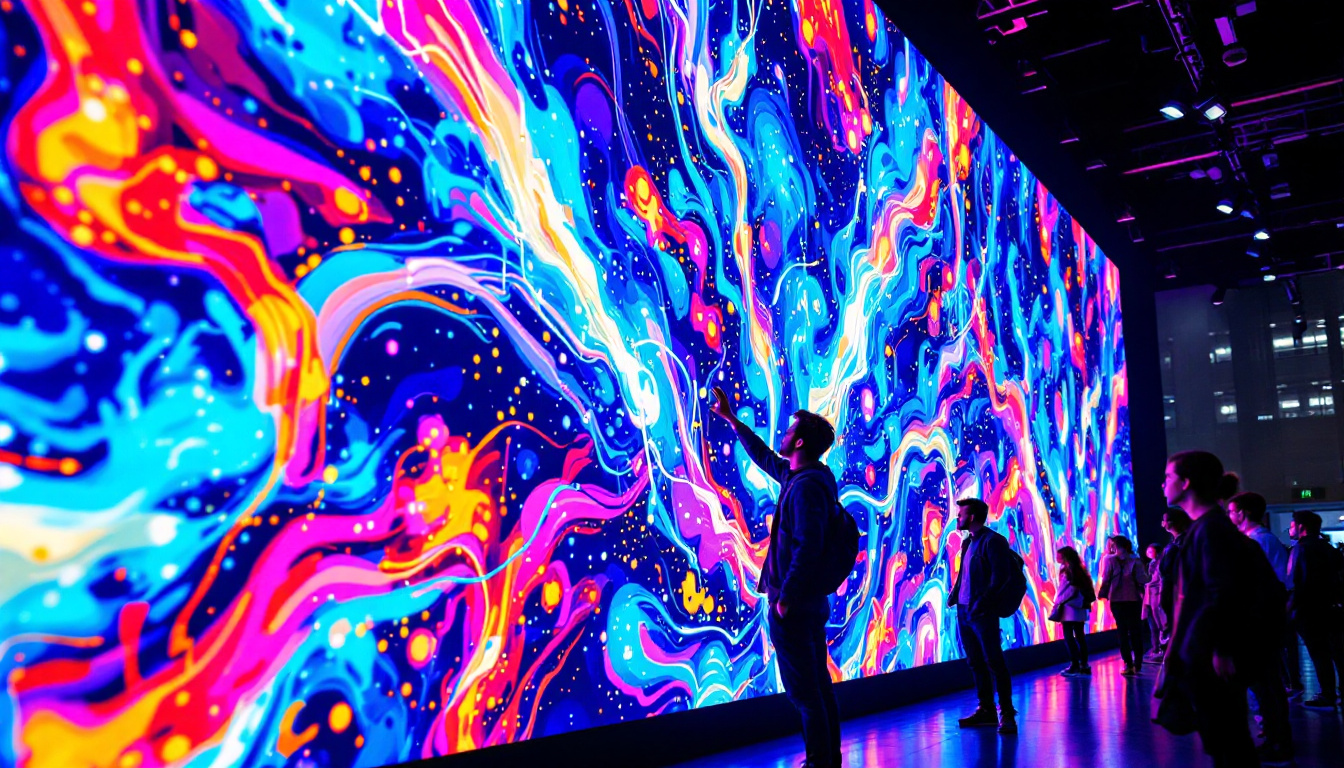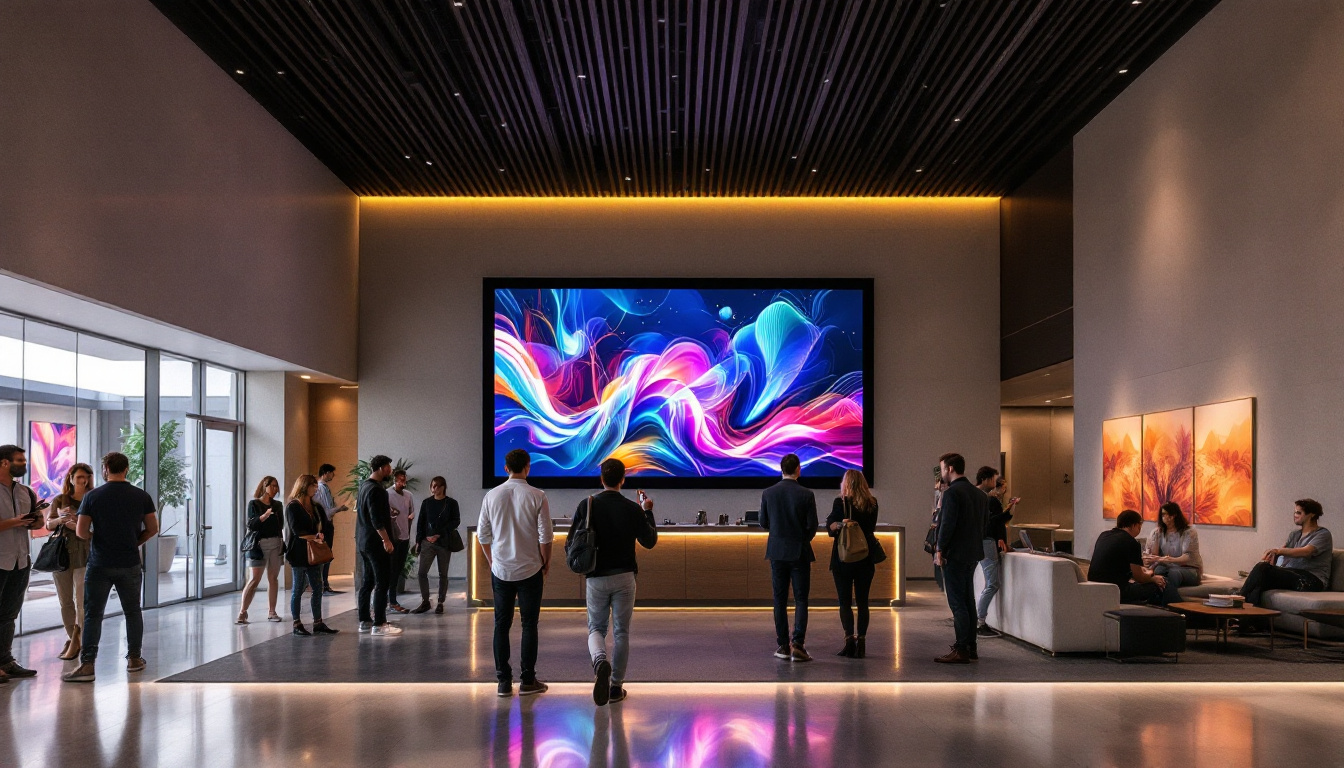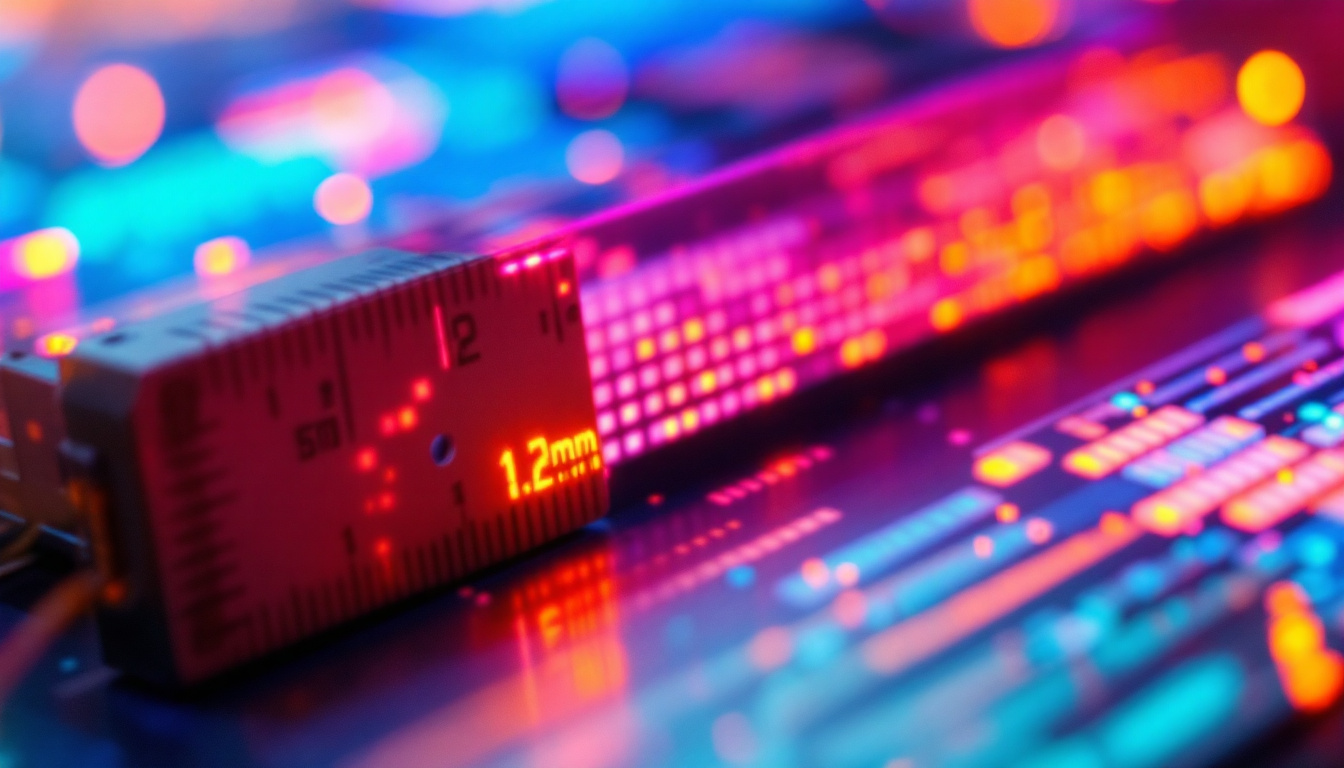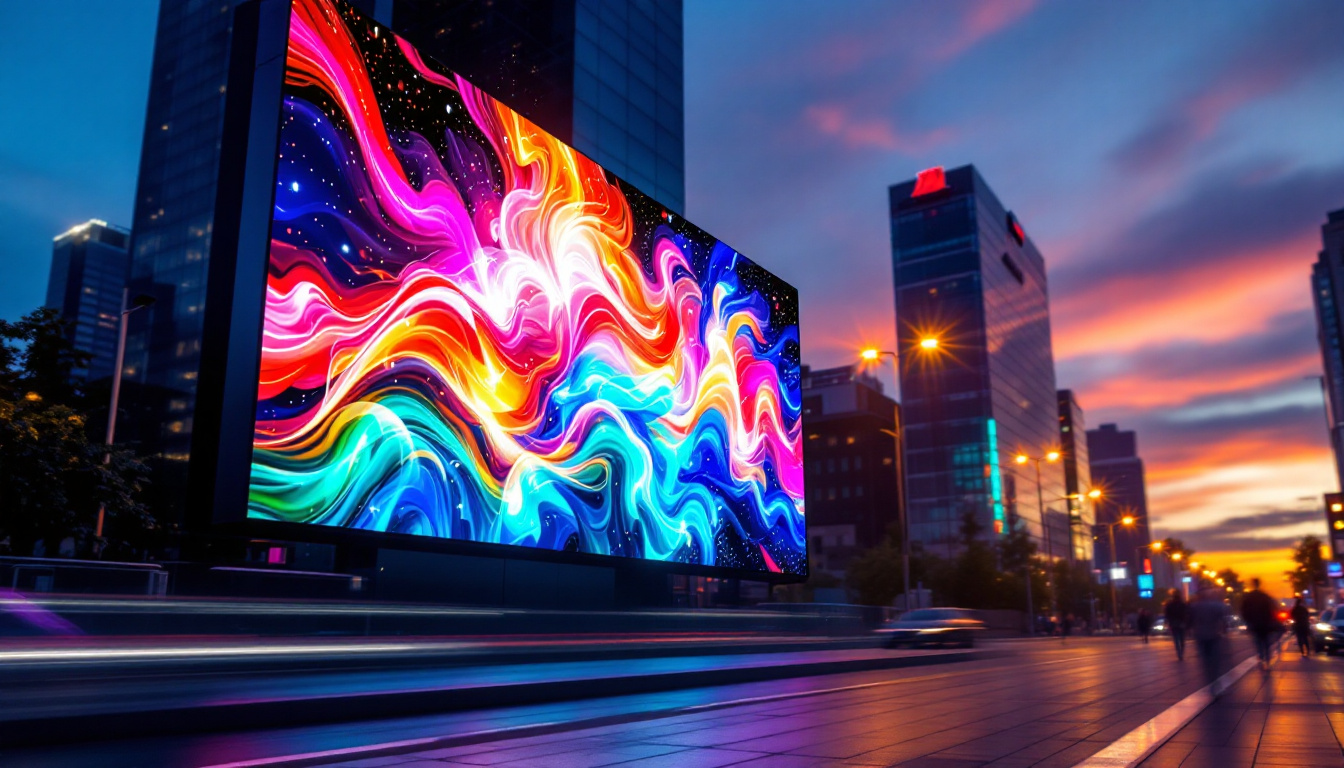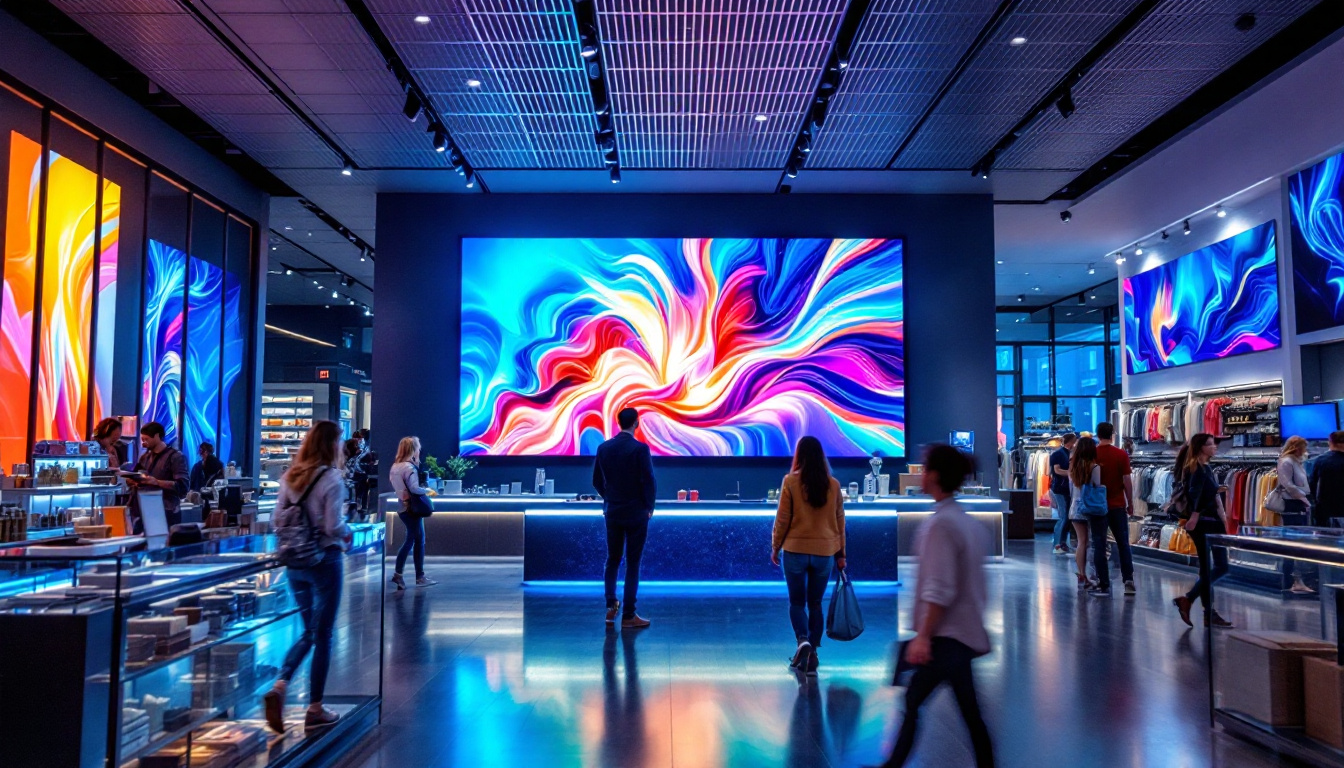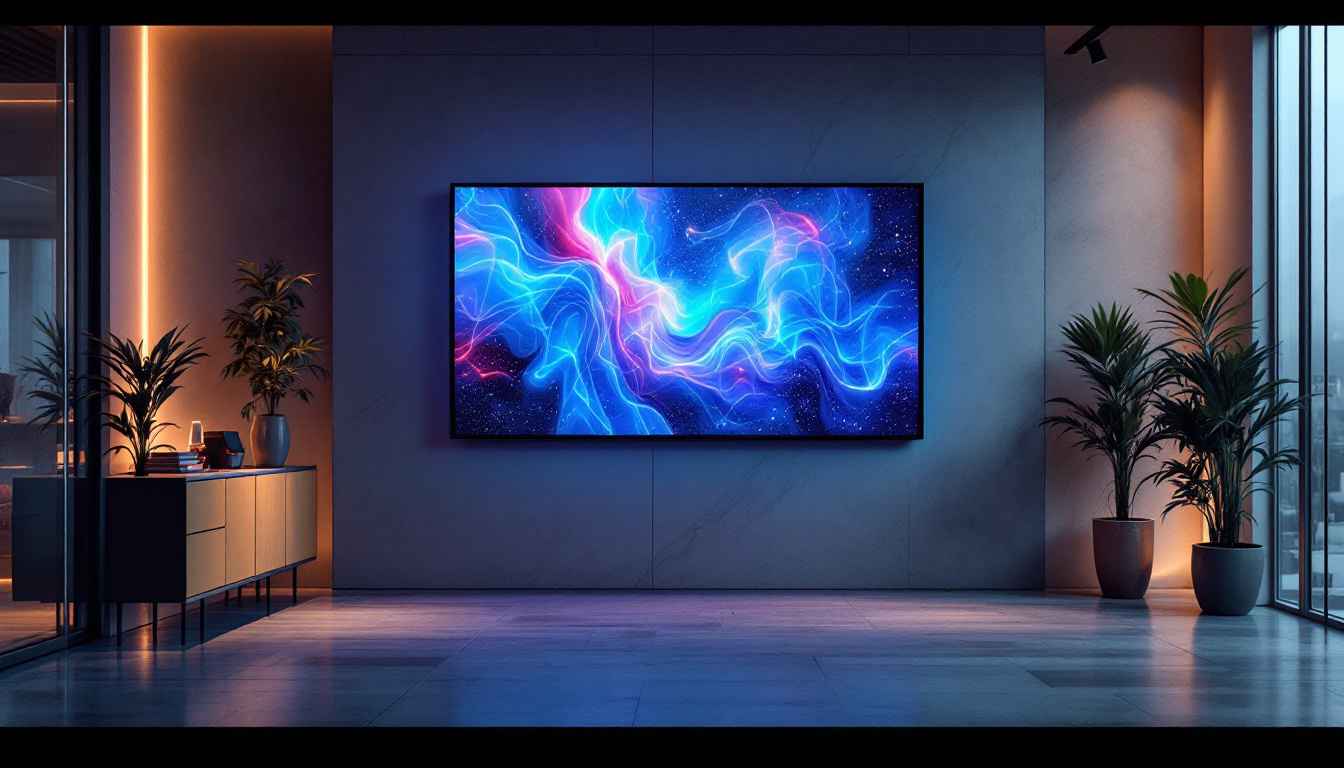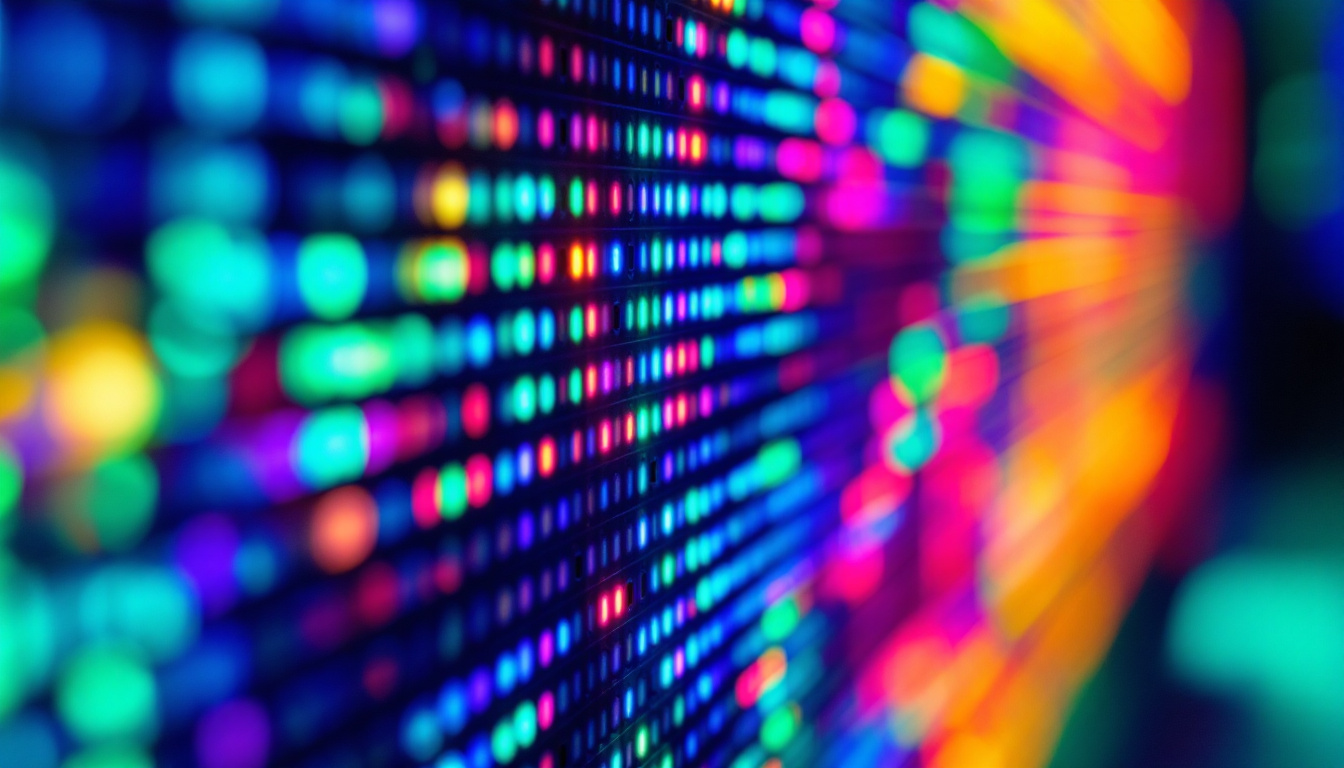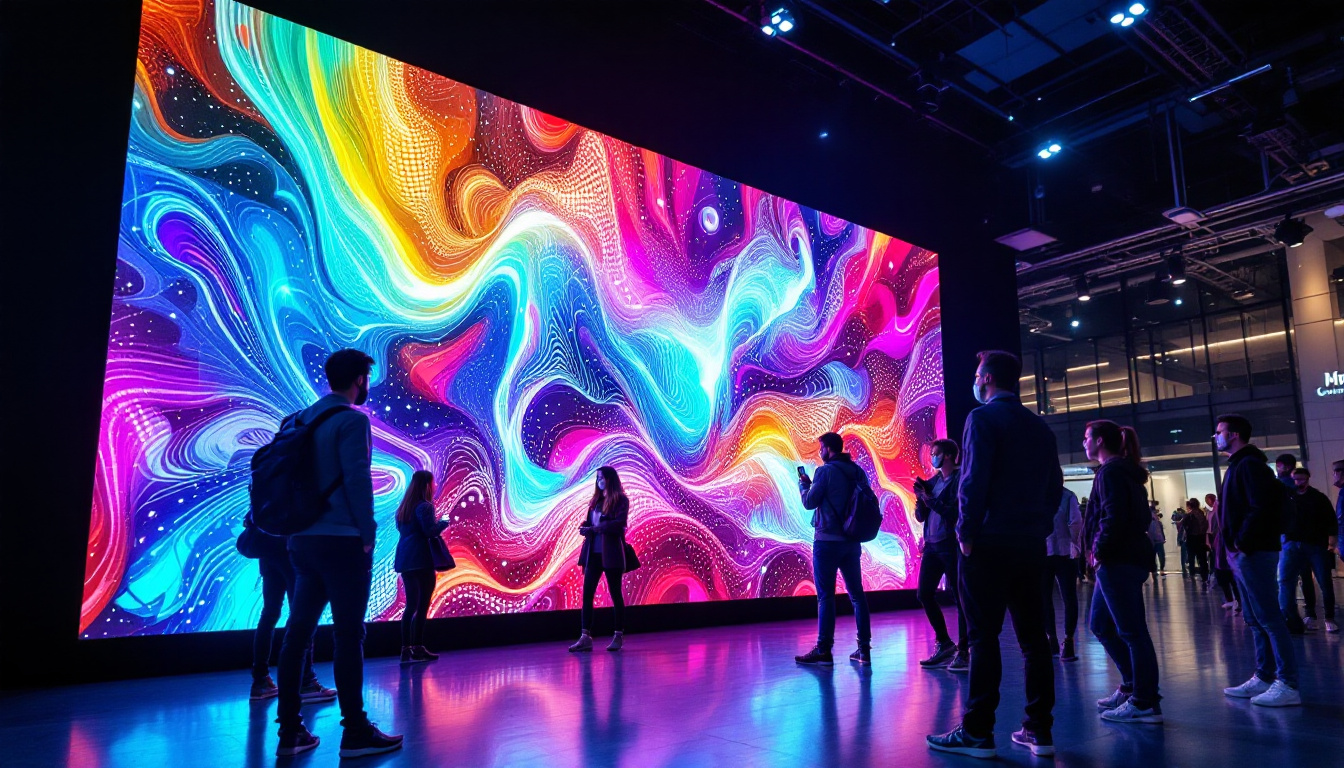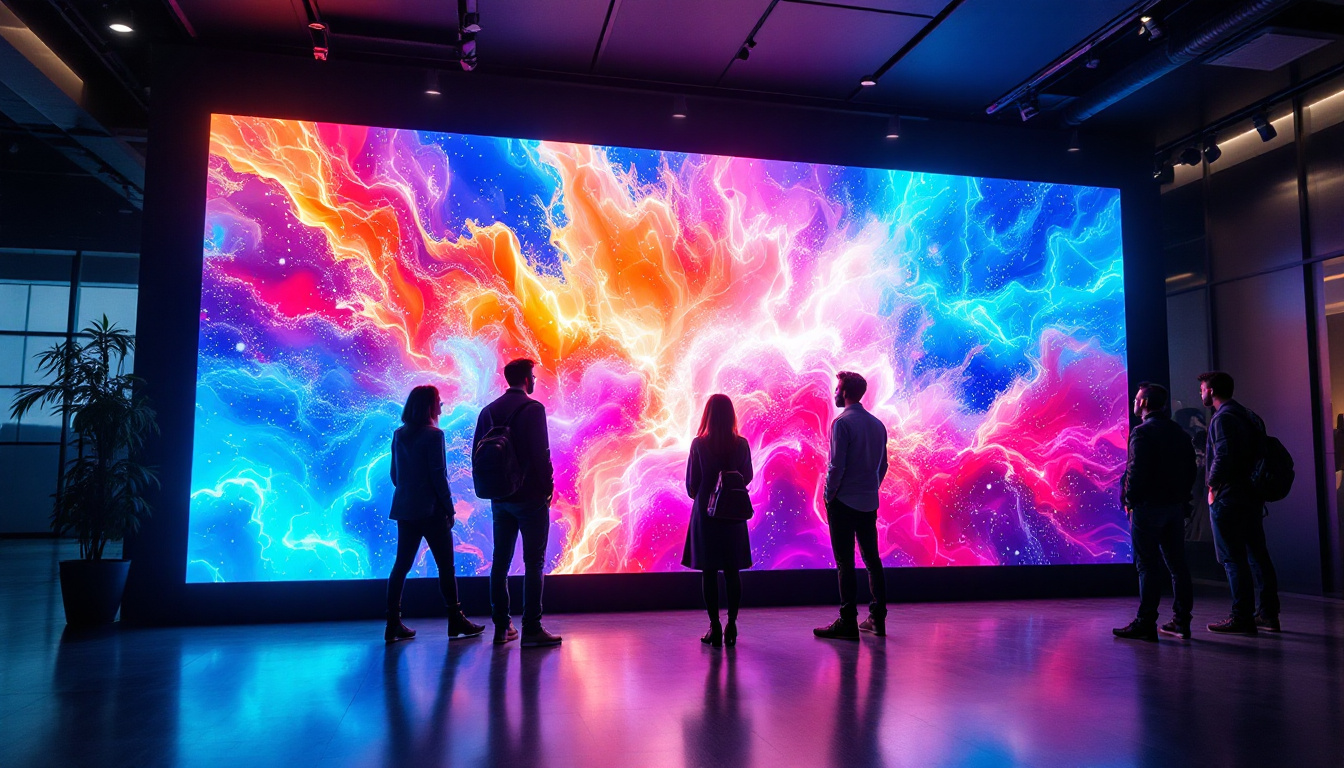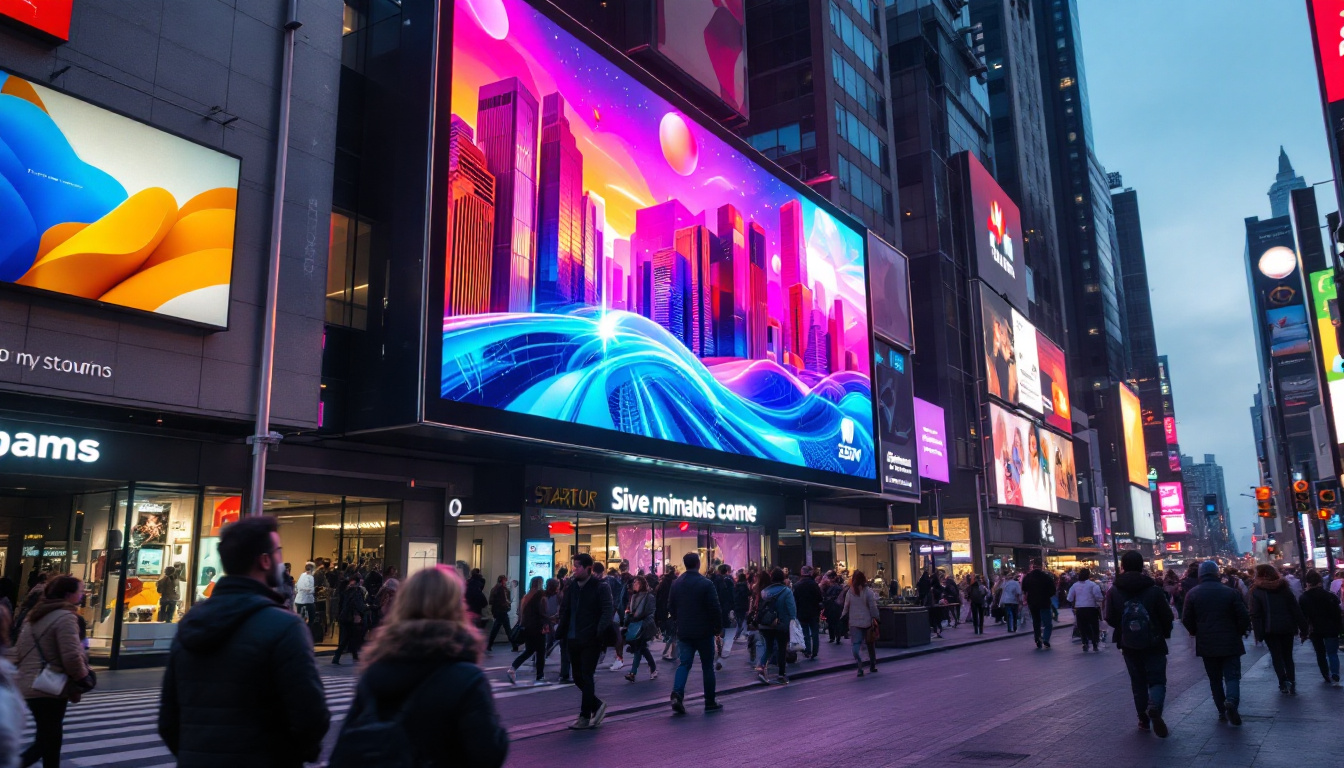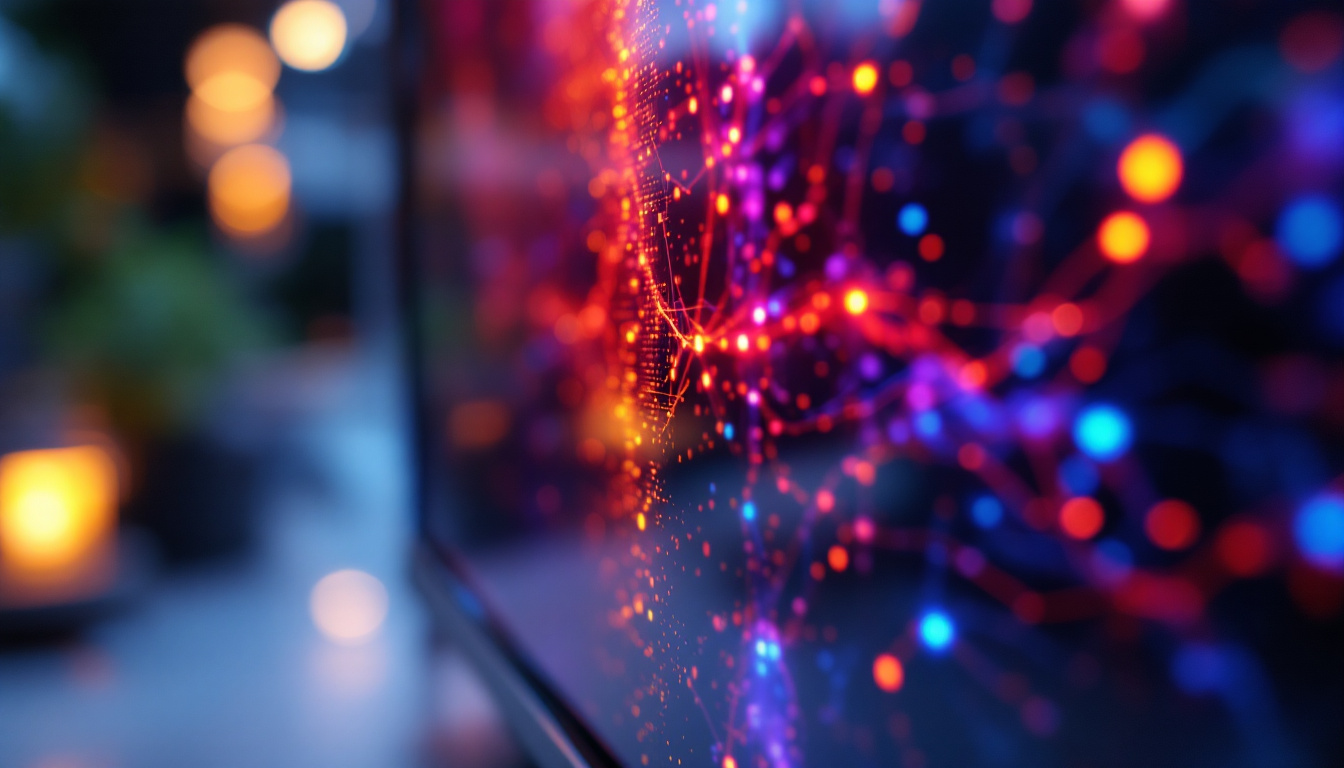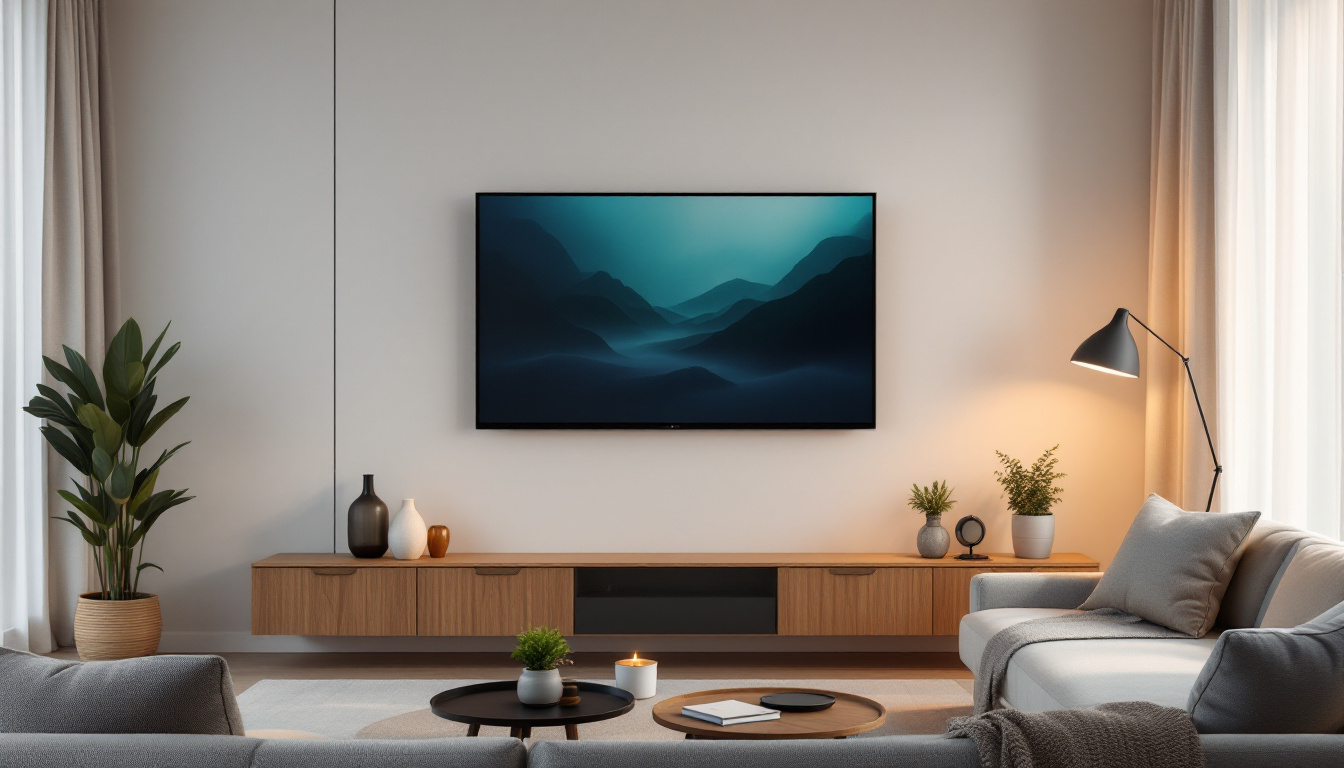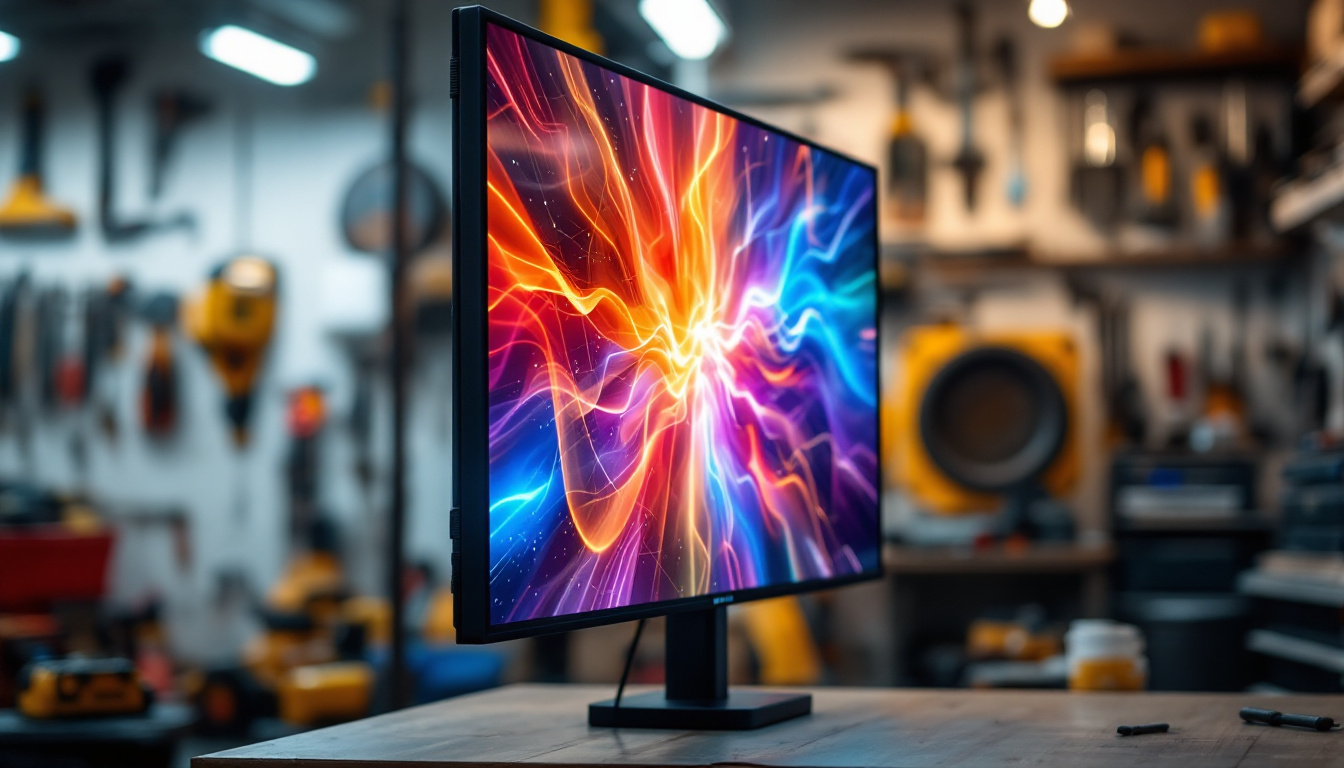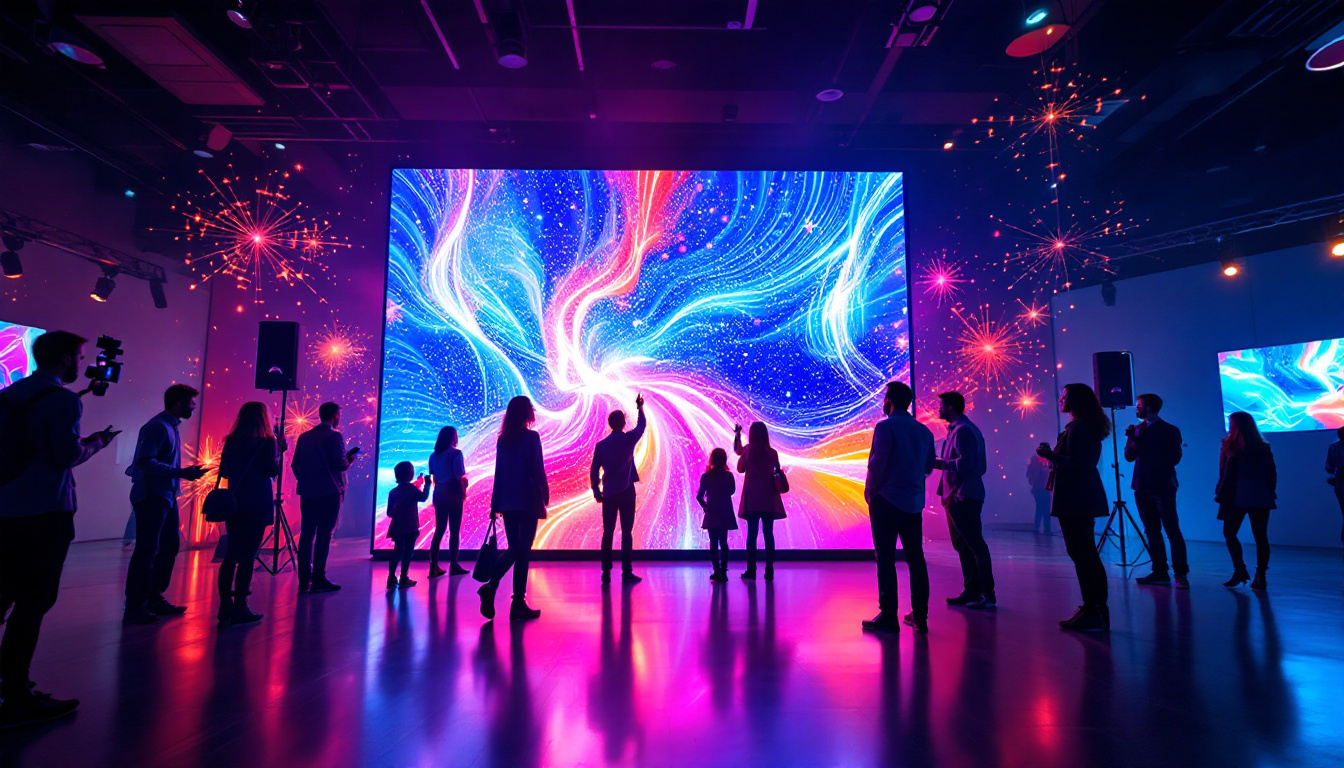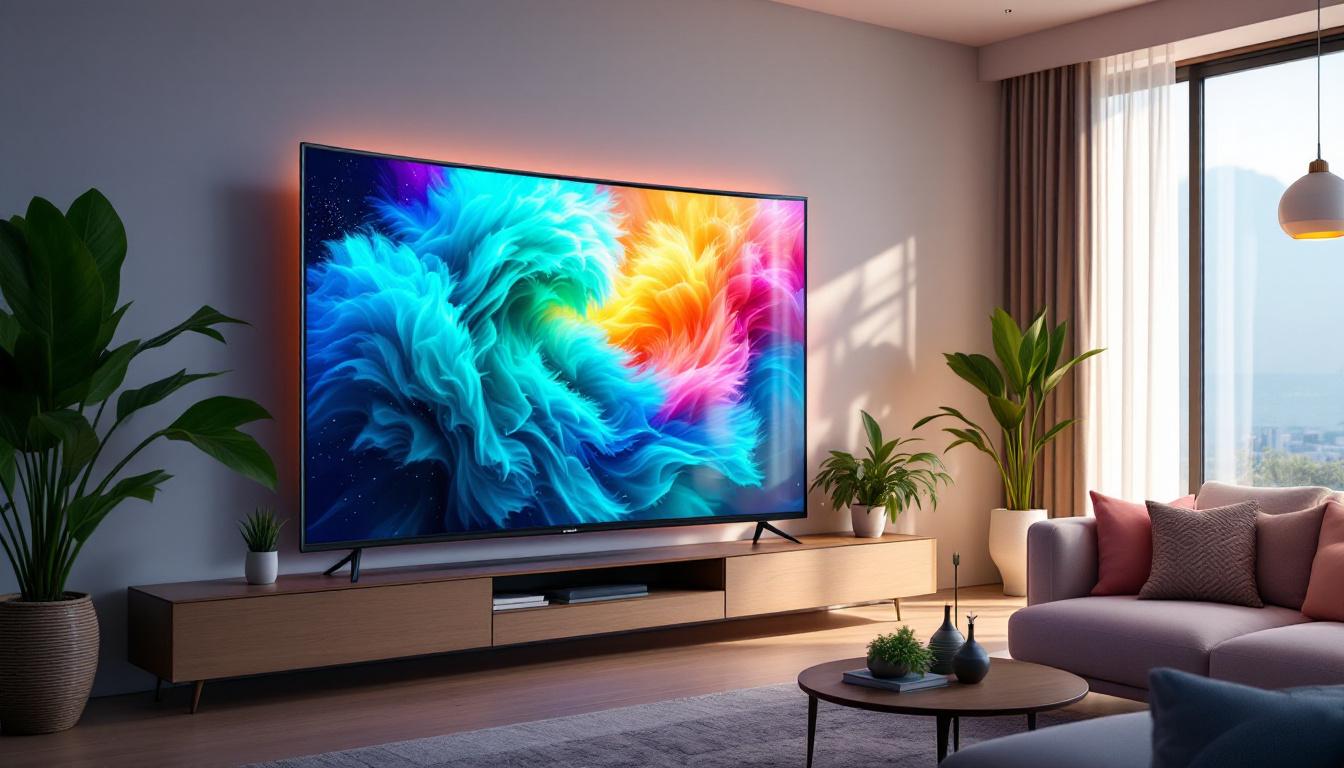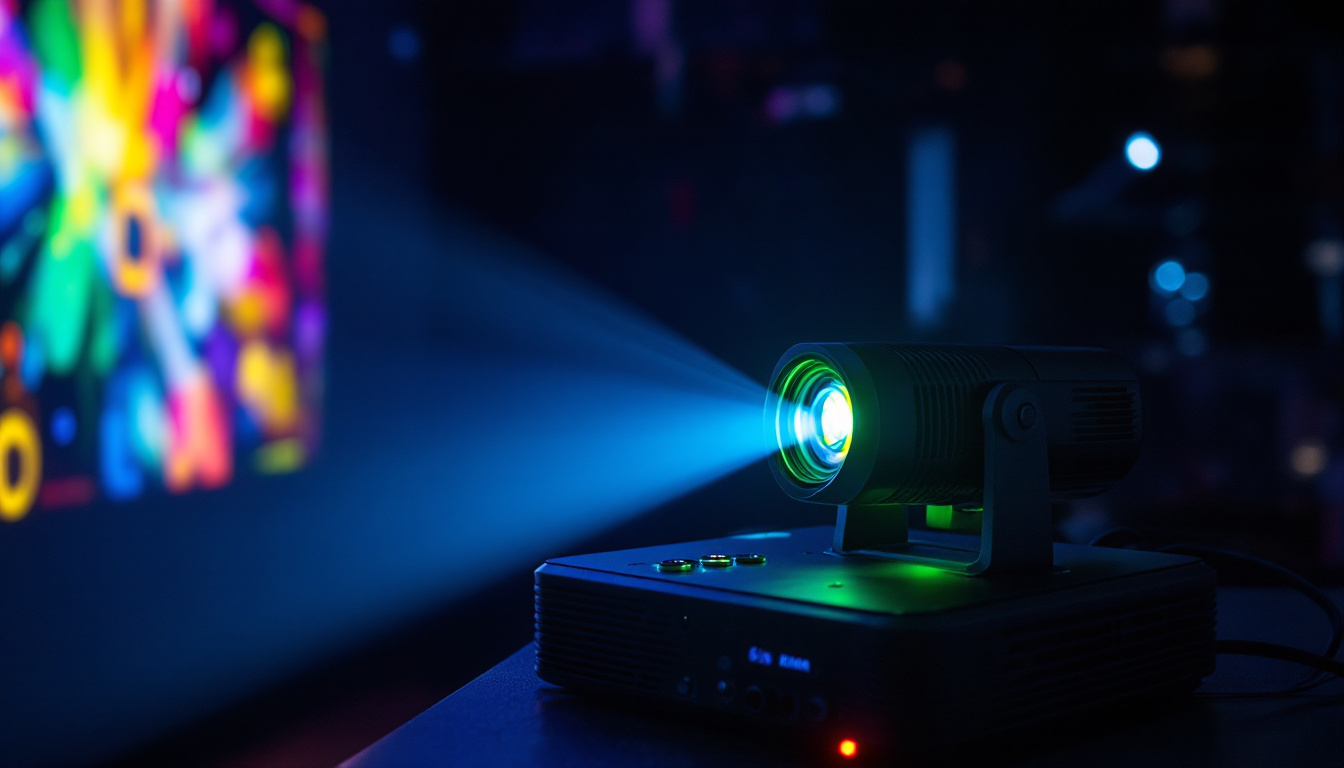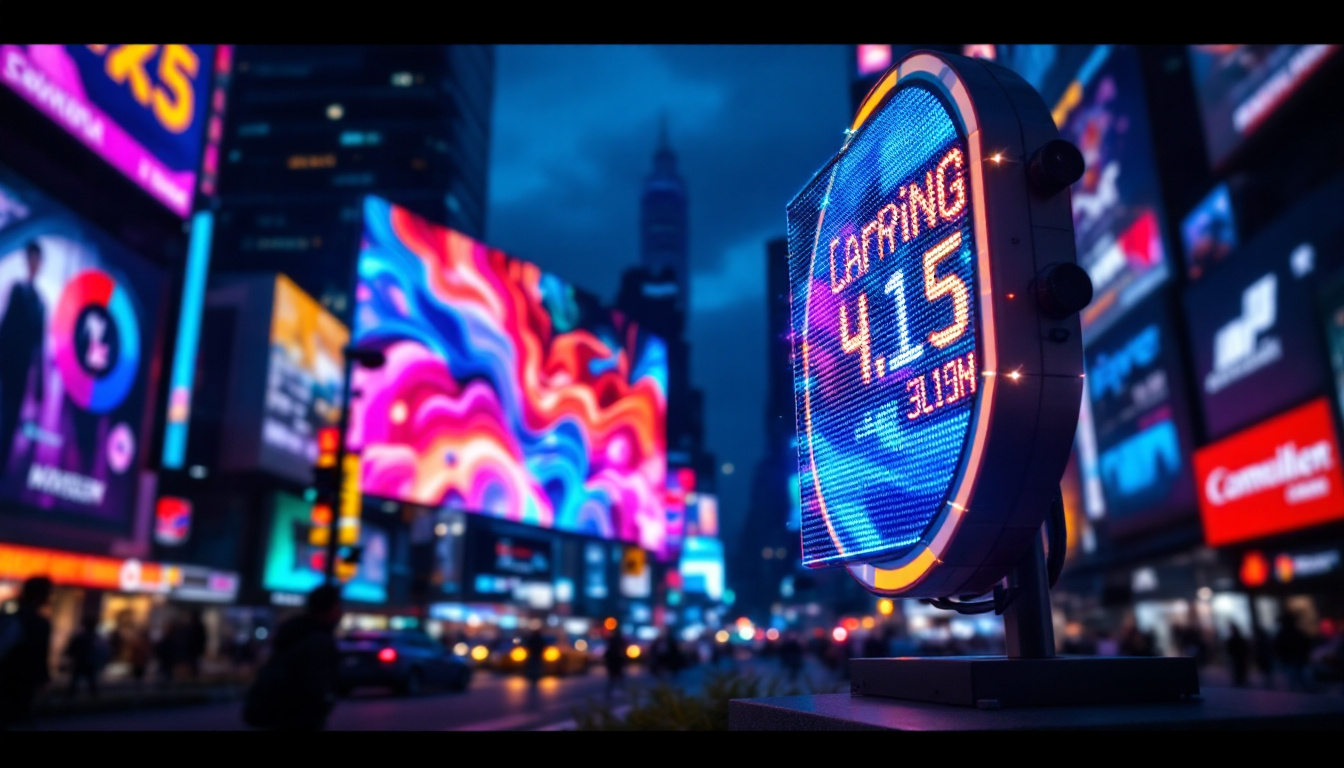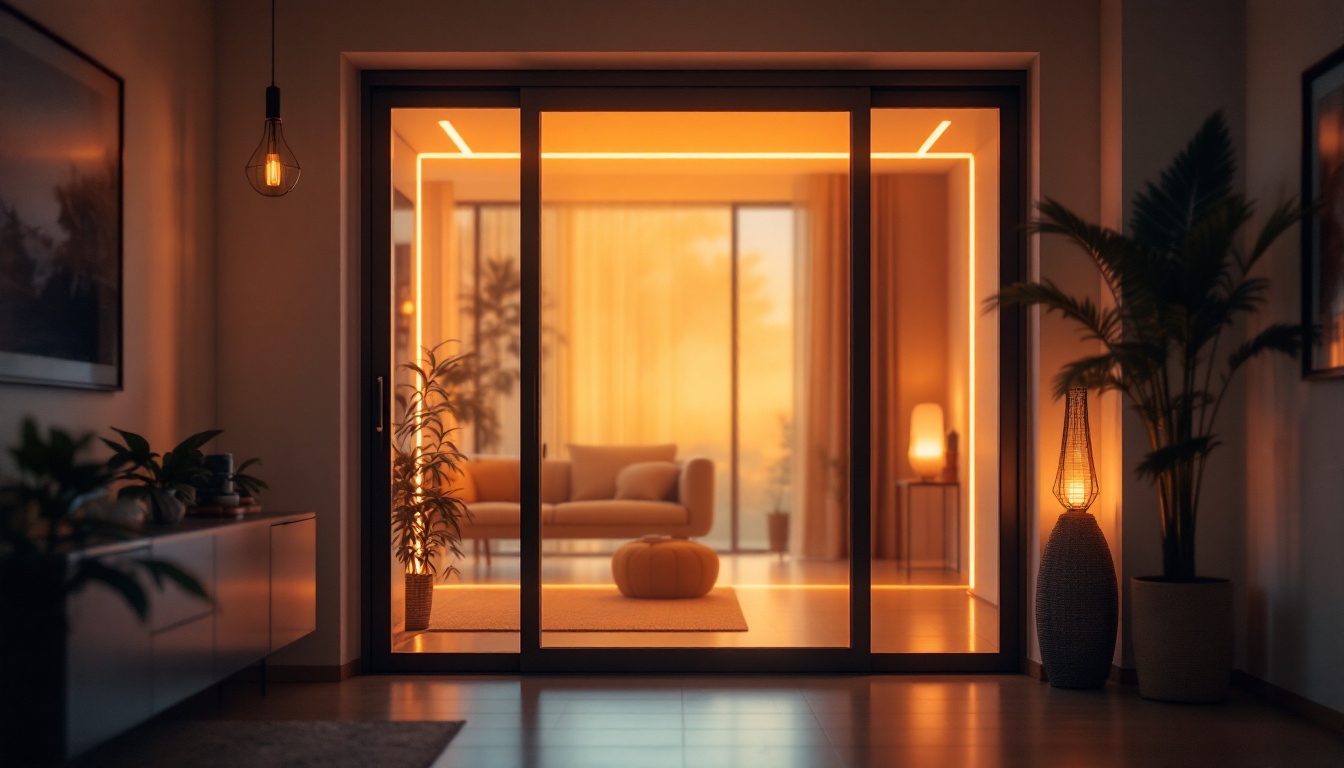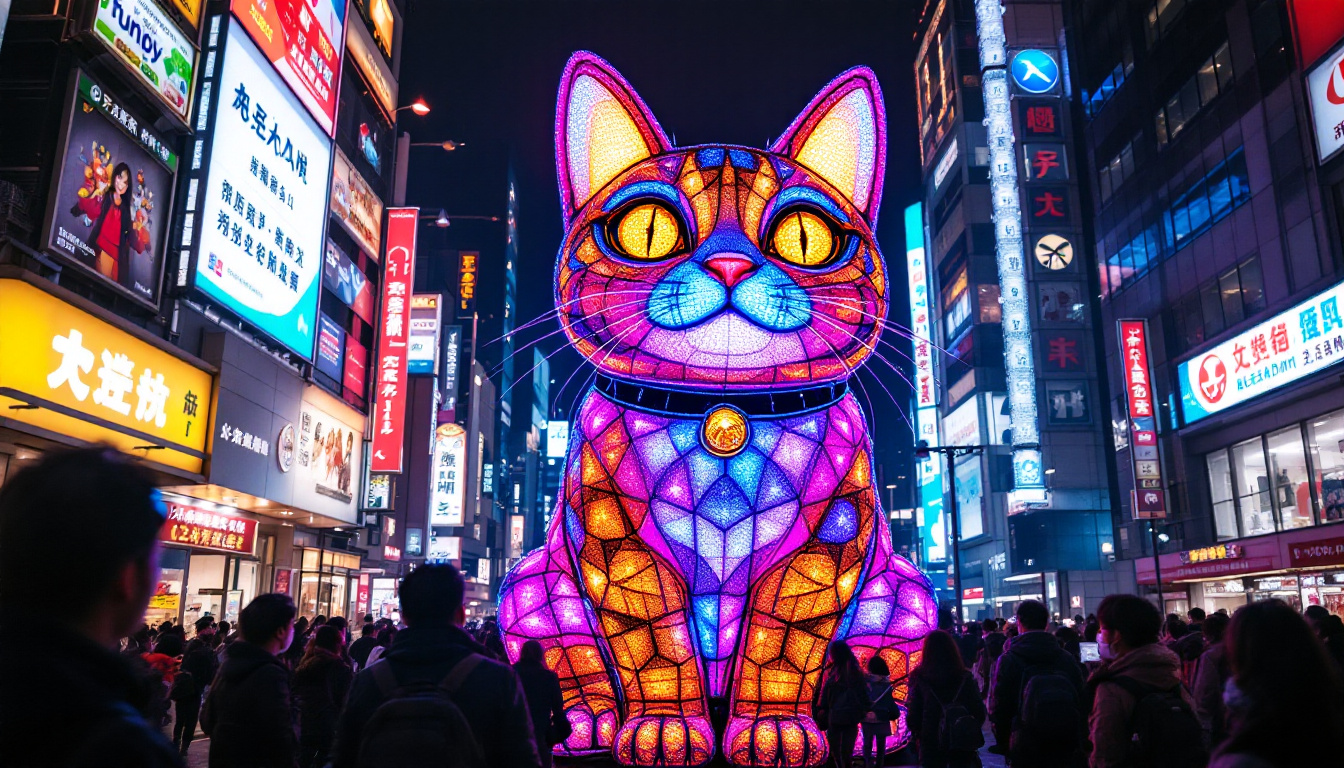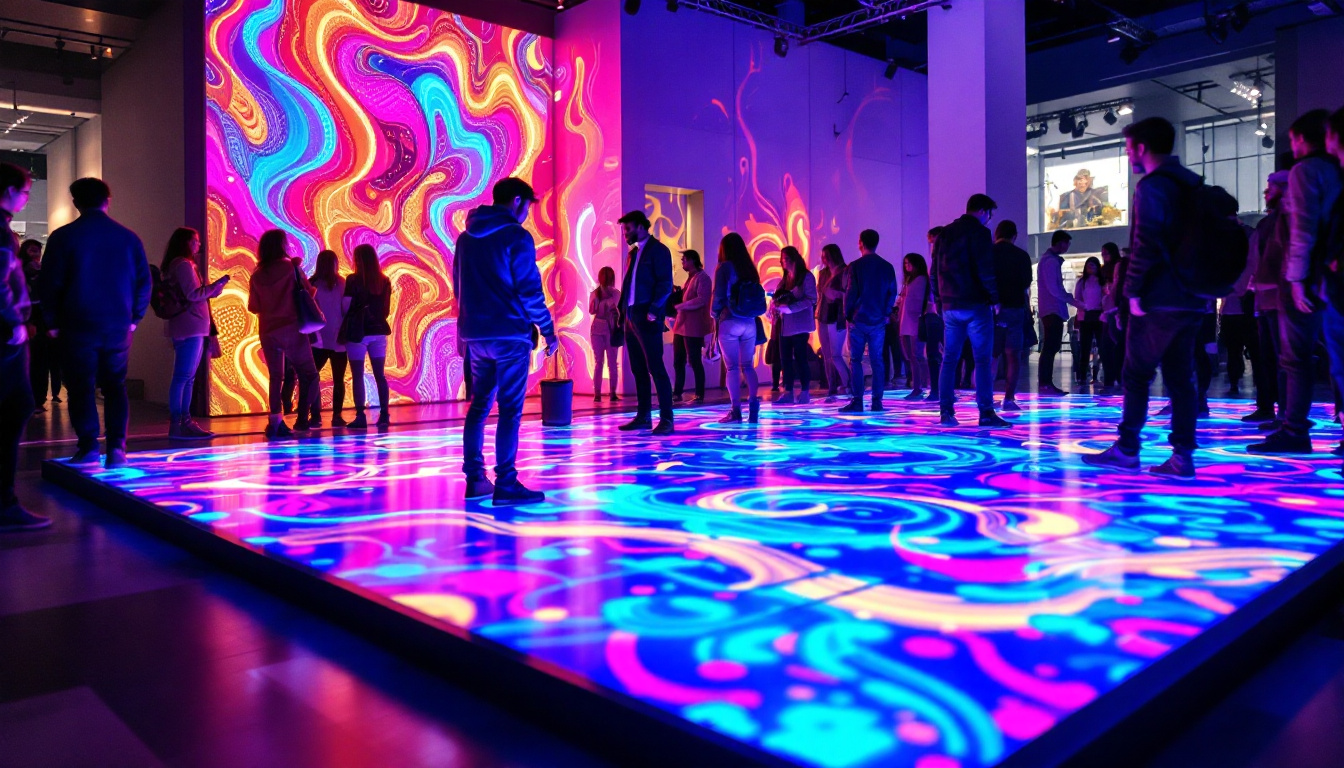In the realm of modern technology, LED displays have become ubiquitous, transforming the way information is presented and consumed. From large outdoor billboards to small handheld devices, the versatility and efficiency of LED technology have made it a popular choice across various industries. This article delves into the intricacies of LED displays, particularly focusing on the Ln3-Ln2 configuration, its benefits, and applications.
Understanding LED Technology
Light Emitting Diodes (LEDs) are semiconductor devices that emit light when an electric current passes through them. This technology has evolved significantly over the years, leading to the development of various display types, including the Ln3-Ln2 configuration. Understanding the fundamentals of LED technology is essential for grasping how these displays function and their advantages.
The Basics of LEDs
At its core, an LED is composed of a chip made from a semiconductor material, typically gallium arsenide or gallium phosphide. When voltage is applied, electrons recombine with holes in the semiconductor, releasing energy in the form of photons, which is visible light. This process is highly efficient, consuming less power compared to traditional incandescent bulbs.
LEDs are available in various colors, which are determined by the materials used in the semiconductor. The ability to produce bright, vibrant colors makes LEDs ideal for displays, where clarity and visibility are paramount. Additionally, the lifespan of an LED can reach up to 50,000 hours or more, significantly outlasting incandescent and fluorescent lights. This longevity not only reduces the frequency of replacements but also contributes to lower maintenance costs in both residential and commercial settings.
Types of LED Displays
LED displays come in various forms, each designed for specific applications. The most common types include:
- Direct View LED Displays: These displays use individual LEDs to create images and are often used in large outdoor screens.
- LED Backlit Displays: These displays use LEDs as a backlight for LCD screens, enhancing brightness and color accuracy.
- Organic LED (OLED) Displays: Utilizing organic compounds, these displays offer superior contrast and flexibility, making them popular in smartphones and televisions.
In addition to these common types, there are also specialized LED displays designed for unique environments. For instance, transparent LED displays are gaining traction in retail spaces, allowing for eye-catching advertisements while maintaining visibility through the glass. Furthermore, flexible LED displays are emerging, enabling curved and innovative designs that can fit into unconventional spaces, enhancing the aesthetic appeal of installations. The versatility of LED technology continues to inspire creativity in display design, pushing the boundaries of what is possible in visual communication.
Moreover, advancements in LED technology have led to the development of smart LED displays that can connect to the internet and be controlled remotely. This capability allows for dynamic content updates and interactivity, making them an attractive choice for advertising and information dissemination. As the technology continues to evolve, we can expect even more innovative applications and improvements in energy efficiency, further solidifying LEDs as a cornerstone of modern lighting and display solutions.
Ln3-Ln2 Configuration Explained
The Ln3-Ln2 configuration refers to a specific arrangement of LED modules that optimize visual performance and efficiency. This configuration is particularly relevant in large-scale displays, such as those used in stadiums, concert venues, and advertising billboards.
What Does Ln3-Ln2 Mean?
The terms “Ln3” and “Ln2” denote the pixel pitch and module size of the LED display. Pixel pitch refers to the distance between the centers of two adjacent pixels, measured in millimeters. A smaller pixel pitch results in higher resolution and clarity, making it suitable for close viewing distances.
In the Ln3-Ln2 configuration, “Ln3” typically indicates a pixel pitch of 3mm, while “Ln2” indicates a pixel pitch of 2mm. This combination allows for a balance between resolution and cost, making it an attractive option for various applications.
Advantages of the Ln3-Ln2 Configuration
The Ln3-Ln2 configuration offers several advantages that contribute to its growing popularity:
- Enhanced Resolution: The smaller pixel pitch of the Ln2 modules allows for sharper images and finer details, making it ideal for high-definition content.
- Versatility: This configuration can be adapted for both indoor and outdoor settings, providing flexibility in design and application.
- Cost-Effectiveness: By combining different pixel pitches, the Ln3-Ln2 configuration can optimize performance while keeping costs manageable.
Applications of Ln3-Ln2 LED Displays
Ln3-Ln2 LED displays are utilized across a wide range of industries, thanks to their versatility and performance. Here are some notable applications:
Advertising and Marketing
One of the most prominent uses of Ln3-Ln2 LED displays is in advertising. High-resolution displays are capable of showcasing vibrant, eye-catching content that attracts consumers’ attention. From digital billboards to interactive kiosks, these displays enhance marketing strategies by delivering dynamic messages and advertisements.
Moreover, the ability to change content in real-time allows businesses to respond quickly to market trends, making advertising campaigns more effective and engaging.
Entertainment and Events
In the entertainment industry, Ln3-Ln2 LED displays are commonly used in concerts, sports events, and festivals. Large screens provide audiences with a clear view of performances, ensuring that even those seated far from the stage can enjoy the experience. The high resolution of the Ln2 modules enhances the visual quality, making it suitable for displaying intricate graphics and live feeds.
Additionally, these displays can be integrated with lighting and sound systems to create immersive experiences that captivate audiences.
Corporate and Educational Settings
In corporate environments, Ln3-Ln2 LED displays serve as effective communication tools. They can be used for presentations, video conferencing, and displaying important information in real-time. The clarity and brightness of the displays ensure that messages are conveyed effectively, even in well-lit rooms.
Educational institutions also benefit from this technology. Classrooms equipped with LED displays can enhance learning experiences through interactive lessons and visual aids, making complex subjects more accessible to students.
Technical Considerations
While the Ln3-Ln2 configuration offers numerous advantages, there are several technical considerations to keep in mind when implementing LED displays. Understanding these factors can help ensure optimal performance and longevity of the display.
Brightness and Contrast
Brightness is a crucial factor for LED displays, especially for outdoor applications where ambient light can affect visibility. The Ln3-Ln2 configuration typically offers high brightness levels, ensuring that content remains visible in various lighting conditions. Contrast ratio is equally important, as it affects the depth and richness of colors displayed.
When selecting an LED display, it is essential to consider the intended environment and choose a model that meets the required brightness and contrast specifications.
Viewing Distance
The pixel pitch directly influences the optimal viewing distance for LED displays. For instance, the Ln3 modules are suitable for medium to long distances, while the Ln2 modules are designed for closer viewing. Understanding the viewing distance helps in determining the appropriate configuration and layout for the display.
In applications where viewers are likely to be closer to the screen, such as retail environments, the Ln2 modules may be more advantageous due to their higher resolution.
Maintenance and Lifespan
LED displays are known for their longevity, but regular maintenance is essential to ensure optimal performance. Dust and debris can accumulate on the surface, affecting brightness and clarity. Routine cleaning and inspections can help identify issues early and extend the lifespan of the display.
Additionally, monitoring the performance of individual LED modules can prevent larger issues from arising. Implementing a proactive maintenance schedule can significantly enhance the reliability of the display.
Future Trends in LED Display Technology
The LED display industry is continuously evolving, driven by advancements in technology and changing consumer demands. Several trends are shaping the future of LED displays, particularly in the Ln3-Ln2 configuration.
Increased Resolution and Flexibility
As technology progresses, the demand for higher resolution displays continues to grow. Future iterations of the Ln3-Ln2 configuration may incorporate even smaller pixel pitches, allowing for greater detail and clarity. This trend is particularly relevant for applications requiring close viewing distances, such as virtual reality and augmented reality environments.
Flexibility in design is also becoming increasingly important. Manufacturers are exploring ways to create modular displays that can be easily customized and reconfigured to suit various applications. This adaptability will enable businesses to maximize the utility of their LED displays.
Integration with Smart Technology
Another significant trend is the integration of LED displays with smart technology. As the Internet of Things (IoT) continues to expand, LED displays can be connected to various devices and platforms, allowing for real-time data sharing and interactive experiences. This connectivity can enhance advertising strategies, improve audience engagement, and streamline corporate communications.
Smart LED displays may also incorporate sensors that adjust brightness and color based on environmental conditions, further optimizing performance and energy efficiency.
Sustainability and Energy Efficiency
With growing concerns about environmental sustainability, the LED display industry is focusing on energy-efficient solutions. Innovations in materials and design are aimed at reducing energy consumption while maintaining performance. Future LED displays may utilize recyclable materials and eco-friendly manufacturing processes, aligning with global sustainability goals.
Moreover, advancements in energy management systems can help monitor and optimize energy usage, further contributing to the sustainability of LED display technology.
Conclusion
The Ln3-Ln2 LED display configuration represents a significant advancement in display technology, offering a balance of resolution, versatility, and cost-effectiveness. Its applications span various industries, from advertising to education, demonstrating the adaptability of LED technology in meeting diverse needs.
As the industry continues to evolve, trends such as increased resolution, smart technology integration, and sustainability will shape the future of LED displays. Understanding these developments is crucial for businesses and organizations looking to leverage the benefits of LED technology effectively.
In summary, the Ln3-Ln2 configuration stands as a testament to the capabilities of LED displays, providing a platform for innovation and engagement in an increasingly digital world.
Explore Cutting-Edge LED Displays with LumenMatrix
Ready to elevate your visual communication with the latest in LED display technology? LumenMatrix is at the forefront of innovation, offering a diverse range of LED display solutions tailored to your unique needs. From captivating Indoor LED Walls to dynamic Outdoor Displays, and from mobile Vehicle LED Displays to interactive Floor LED solutions, our mission is to transform your brand’s visibility and audience engagement. Discover how our Custom LED Displays and All-in-One solutions can revolutionize your advertising and events. Check out LumenMatrix LED Display Solutions today and step into the future of digital signage.

